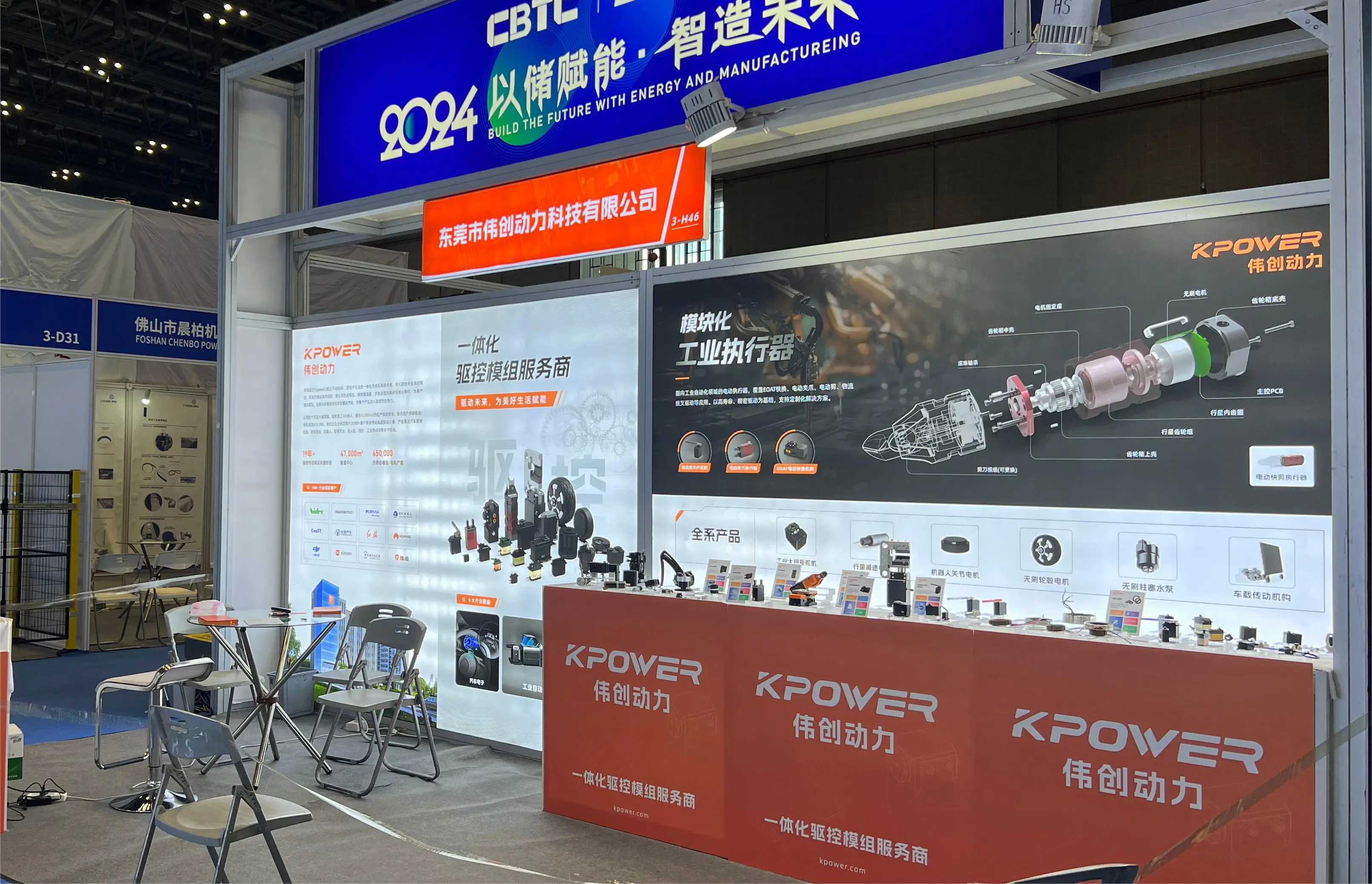In the world of modern machinery and electrical engineering, the quest for efficient, reliable, and precise motion control remains relentless. Among the many components powering this vision, gear reduction motors—especially those operating at 110 volts—have emerged as unsung heroes in a variety of applications, ranging from industrial automation to personal DIY projects. These motors combine power with finesse, allowing users to tackle tasks that demand both strength and accuracy.

Imagine a compact device that can spin with enough torque to drive heavy loads but does so smoothly and quietly. That’s the promise of gear reduction motors at 110V. Unlike traditional motors, which often struggle with balancing speed and torque, gear reduction variants utilize a carefully engineered gear train to modulate the motor’s output, delivering a more manageable and controlled rotation.
Why is 110V such a popular choice? For starters, this voltage level strikes a perfect balance in residential and commercial environments. It’s high enough to deliver substantial power without the safety concerns associated with higher voltages. In many countries, 110V power supplies are the standard, which makes integrating gear reduction motors into existing systems straightforward. This ubiquity simplifies everything—from installation to maintenance—creating opportunities for both industrial-scale setups and smaller DIY endeavors.
The core advantage of gear reduction motors is their ability to take a relatively fast and less torque-intensive motor and convert its output into a slower, more powerful rotation. Imagine trying to turn a heavy wheel with your hand; if you have a long lever, you can turn it with less effort. That’s what gear reduction does—it functions as a mechanical lever, amplifying torque and lowering speed in the process.
This capability is especially important in applications where precise movements or high torque are necessary. For instance, in conveyor systems, robotic arms, or automated machinery, the ability to control speed and boost torque directly impacts productivity and safety. 110V gear reduction motors excel in these environments because they can be seamlessly integrated into control systems, offering consistent performance, minimal maintenance, and long-term durability.
Another critical factor that makes 110V gear reduction motors appealing is their broad compatibility with existing electrical infrastructure. Whether you're setting up a new production line or upgrading a machine in your workshop, these motors can often be plugged into standard power outlets or customized for specialized control systems. This flexibility reduces overall project complexity and expense, making advanced automation accessible even for small-scale operations and hobbyists.
Moreover, the technology behind gear reduction motors is continually evolving. Modern designs typically feature high-quality materials that enhance efficiency, reduce wear, and minimize energy loss. They often include features such as sealed gearboxes to prevent dust and moisture ingress, which extends their lifespan, and integrated thermal protection to prevent overheating during extended use.
Furthermore, many gear reduction motors come with adjustable gear ratios, a feature that allows users to tailor the motor’s output to their specific needs. A higher gear ratio results in greater torque and slower speeds, ideal for lifting or turning heavy objects with precision. Conversely, a lower ratio favors faster rotations, suitable for applications demanding quick actuation. This adaptability makes gear reduction motors extremely versatile across a broad spectrum of tasks.
In industrial contexts, these motors play a vital role in robotics, conveyor systems, packaging machinery, and more. Not only do they provide the necessary force but also enable refined control, which is essential when dealing with delicate components or processes that require finesse. For example, precision in robotic arms affects their ability to perform fine assembly tasks, while in camera automation, smooth, slow movements prevent jerky motions that can spoil images or videos.
The safety aspect of 110V gear reduction motors cannot be overlooked either. Because they operate within a familiar voltage range, the risk of electrical accidents is reduced—particularly when safety measures like proper grounding and protection enclosures are implemented. This makes them suitable in environments where safety compliance is paramount, without sacrificing performance or efficiency.
In summary, gear reduction motors running at 110 volts blend power, control, and safety into a compact package capable of transforming how machines and projects are designed and operated. Whether in industrial environments or small workshops, they empower users to achieve more with less effort. The next chapter will delve deeper into the technical specifications, innovative features, and real-world applications that demonstrate why these motors are fast becoming a preferred choice among engineers, hobbyists, and entrepreneurs alike.
Kpower has delivered professional drive system solutions to over 500 enterprise clients globally with products covering various fields such as Smart Home Systems, Automatic Electronics, Robotics, Precision Agriculture, Drones, and Industrial Automation.




































